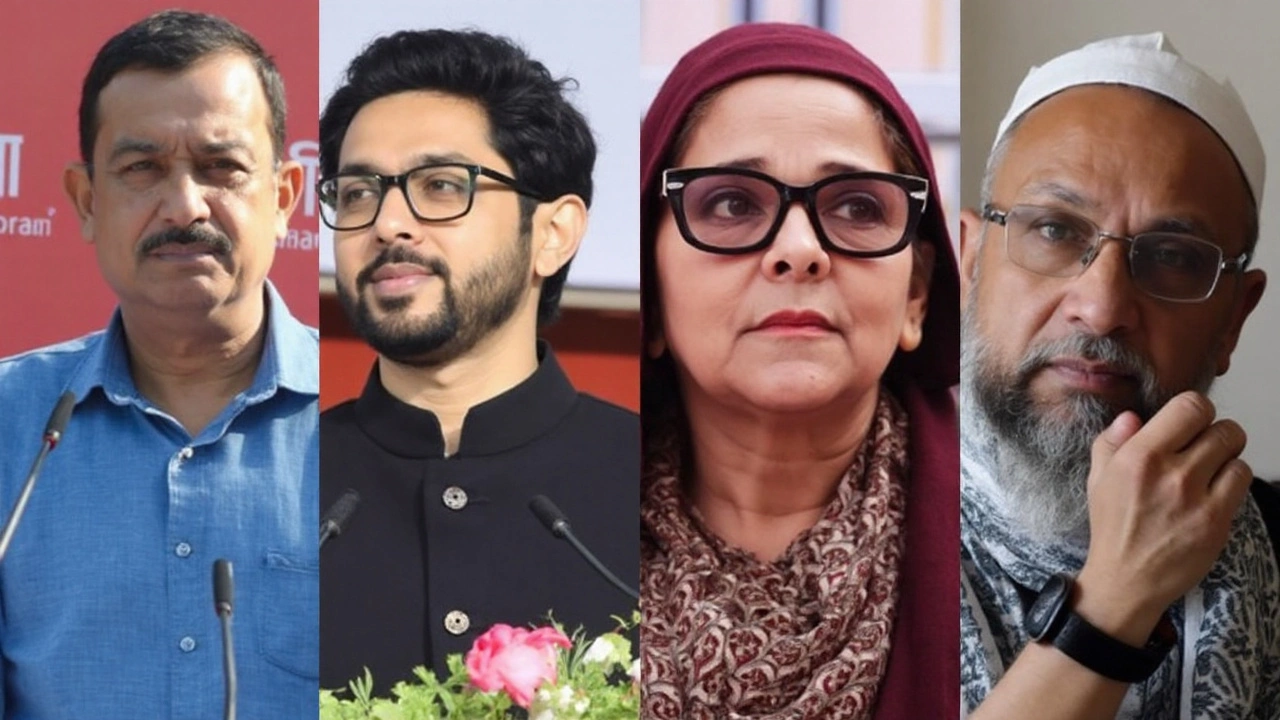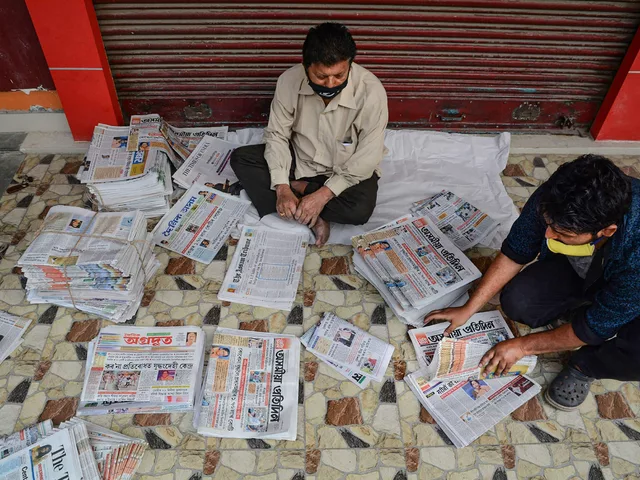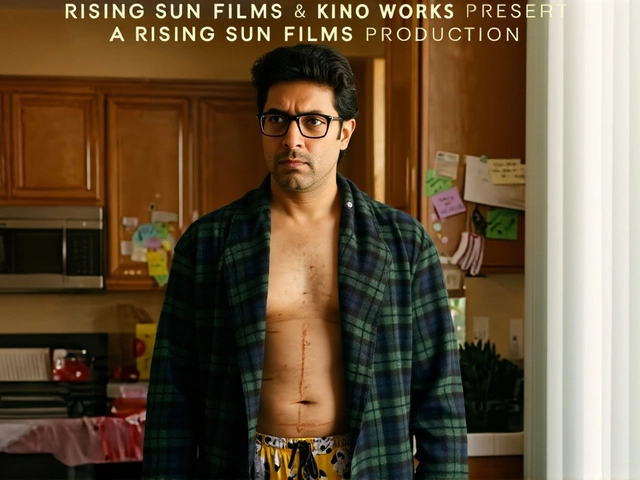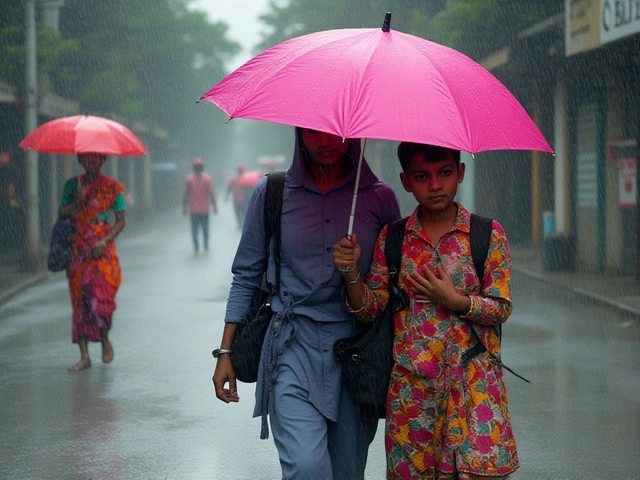
What happened on the field
The cricket was sharp, but the optics were sharper. India defeated Pakistan by seven wickets in the Asia Cup 2025, and yet the final talking point wasn’t the scorecard. It was the missing handshakes. According to people familiar with match operations, Indian captain Suryakumar Yadav and several teammates did not shake hands with their Pakistani counterparts either at the toss or after the game. There was no eye contact between the captains, and at the close, Suryakumar and Shivam Dube headed straight off the field without the customary exchange.
Pakistan’s players, by multiple accounts, registered a complaint with match referee Andy Pyraftoft, calling the conduct unsporting. Here’s the wrinkle: sources within the Asian Cricket Council (ACC) say the referee had been informed in advance that the captains would skip a handshake at the toss, and that it would be acceptable if India chose not to participate in post-match pleasantries as well. That message, however, was not clearly conveyed to the Pakistan camp, setting up a classic miscommunication row in a fixture where nothing is ever small.
Is there a law that forces players to shake hands? No. Handshakes aren’t covered by the ICC’s Code of Conduct. They’re part of the “Spirit of Cricket” — a convention baked into decades of tradition. The Code can punish abusive language, taunting, or physical intimidation, but not declining a handshake. During the pandemic, no-handshake norms were common across sports. More recently, global federations in other disciplines have allowed modified protocols when geopolitical tensions are involved. Cricket hasn’t needed such a formal policy — until moments like this remind everyone why clarity matters.
So will anyone be sanctioned? Unlikely, unless the match officials determine that the manner of refusal crossed into disrespect under the broad “spirit” umbrella. The issue looks procedural: one side had tacit approval for an opt-out; the other side felt blindsided.
Why it spilled into politics
At home, the fallout was immediate. Opposition leaders blasted the very decision to stage the game, with some describing it as “treachery” and urging authorities to “suspend the match.” Their argument was blunt: if relations are tense enough to skip basic courtesy, then why play at all? On social media, the rhetoric turned fast, pulled between calls for a sporting boycott and calls to keep politics out of cricket.
India and Pakistan do not play bilateral series and haven’t since 2012–13. They meet only in ICC or ACC events, and every encounter arrives with heavy baggage: politics, security, and public emotion. The Board of Control for Cricket in India (BCCI) needs government clearance for any Pakistan-related travel or hosting. The Pakistan Cricket Board (PCB) has its own domestic pressures and diplomatic balancing acts. In that context, even a routine pre-match gesture becomes a statement — intended or not.
What makes this one different is the paper trail. If the referee okayed a no-handshake protocol, then the question shifts from morality to management: why weren’t both teams looped in? Who is responsible for communicating deviations from standard practice — the match referee, team managers, or the ACC liaison? Those are operational questions, not ideological ones, but in an India–Pakistan game, they don’t stay operational for long.
There’s also the optics game. For one set of fans, refusing a handshake signals toughness — a hard line reflecting broader national sentiment. For another, it cheapens the win and hands the moral high ground to the opponent. Politicians see the same split-screen and read constituencies into it. That’s why the vocabulary escalates quickly, from “unsportsmanlike” to “treachery.”
Could cricketing authorities have defused this? Probably. A pre-match joint note acknowledging an agreed protocol — even a brief one — would have reduced the scope for grievance. A post-match clarification from the ACC can still help, especially if it explains what was approved, when, and by whom.
On the regulatory front, nothing stops the ACC or ICC from formally issuing guidance for high-risk fixtures: handshakes optional, alternative acknowledgments encouraged, and — crucially — mandatory communication to both teams before the toss. Other sports have adopted fist-bumps, nods, or line-ups without physical contact. Cricket can do the same without losing its soul.
Beyond the paperwork, this goes to the heart of how India and Pakistan use sport. Sometimes cricket is a pressure valve, sometimes it’s an amplifier. When ties are icy, even neutral-tournament meetings can feel like policy statements by other means. That’s why the opposition’s critique has found traction: if courtesy cannot be observed, what are we signaling by playing? The counterpoint is just as strong: tournaments are multilateral commitments, and refusing to play sets off its own diplomatic and sporting chain reactions.
Practically, three things now bear watching:
- Whether the ACC issues an official clarification on the no-handshake protocol and any miscommunication.
- Whether the match referee’s report mentions a spirit-of-cricket concern or treats it as a procedural exception.
- Whether team managements — on either side — offer an explanation that cools tempers before the next game.
History suggests this won’t be the last time a gesture becomes the headline in an India–Pakistan match. Bilateral cricket remains frozen, and multilateral fixtures carry the weight of two foreign policies and two fanbases. In that environment, rituals matter because they’re read as signs. The cricket took care of itself on the night — a comfortable win for India. Everything else now moves from the outfield to the committee room, and into the echo chamber of politics.
More Articles

Which are the most unnreliable and worst newspapers in India?
Determining the most unreliable newspapers in India can be subjective, but some publications often come under scrutiny for their lack of objectivity and sensationalized news. Critics argue that newspapers like Zee News, Aaj Tak, and India TV have a tendency to prioritize sensationalism over factual reporting. Their credibility has periodically been questioned due to instances of misreporting and promoting biased views. However, it's crucial to remember that not every piece they publish is unreliable, and readers should always cross-verify information from multiple sources. Always strive to consume news from a range of outlets to ensure a balanced perspective.


